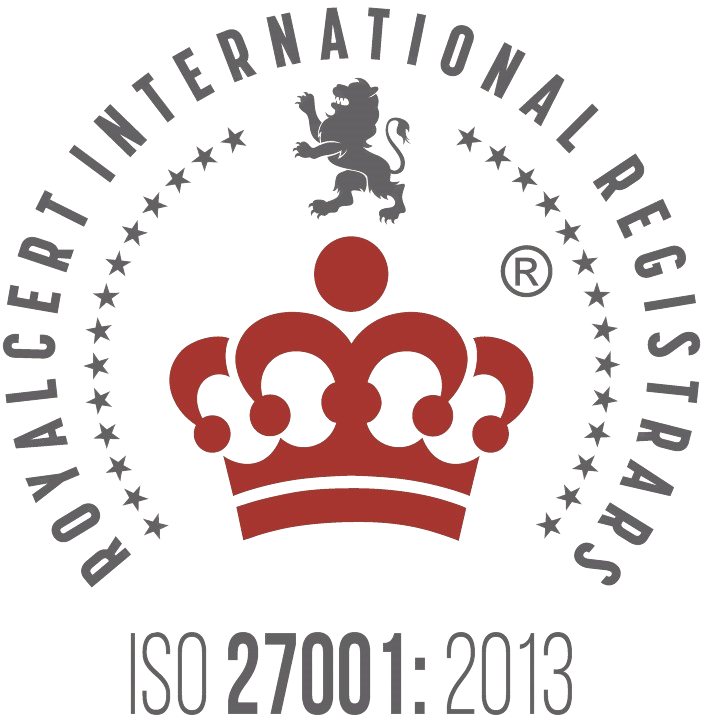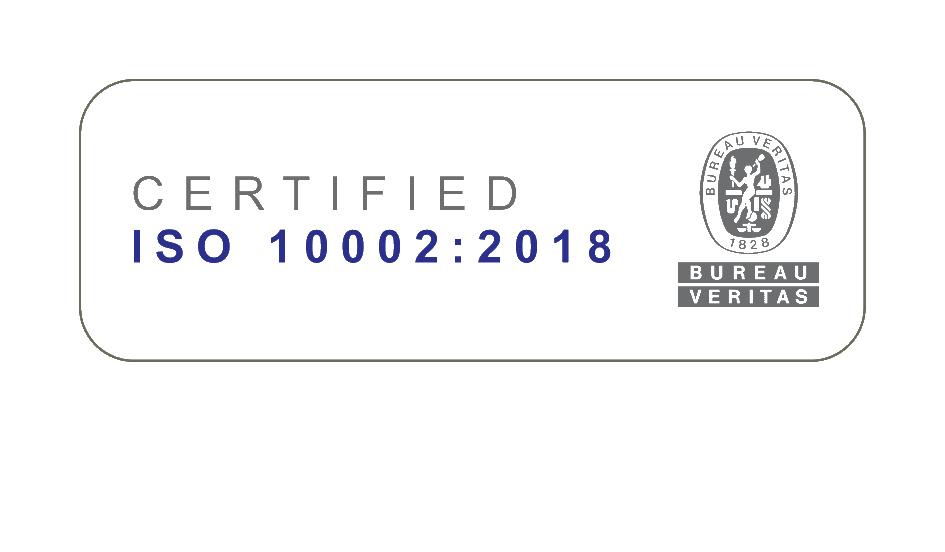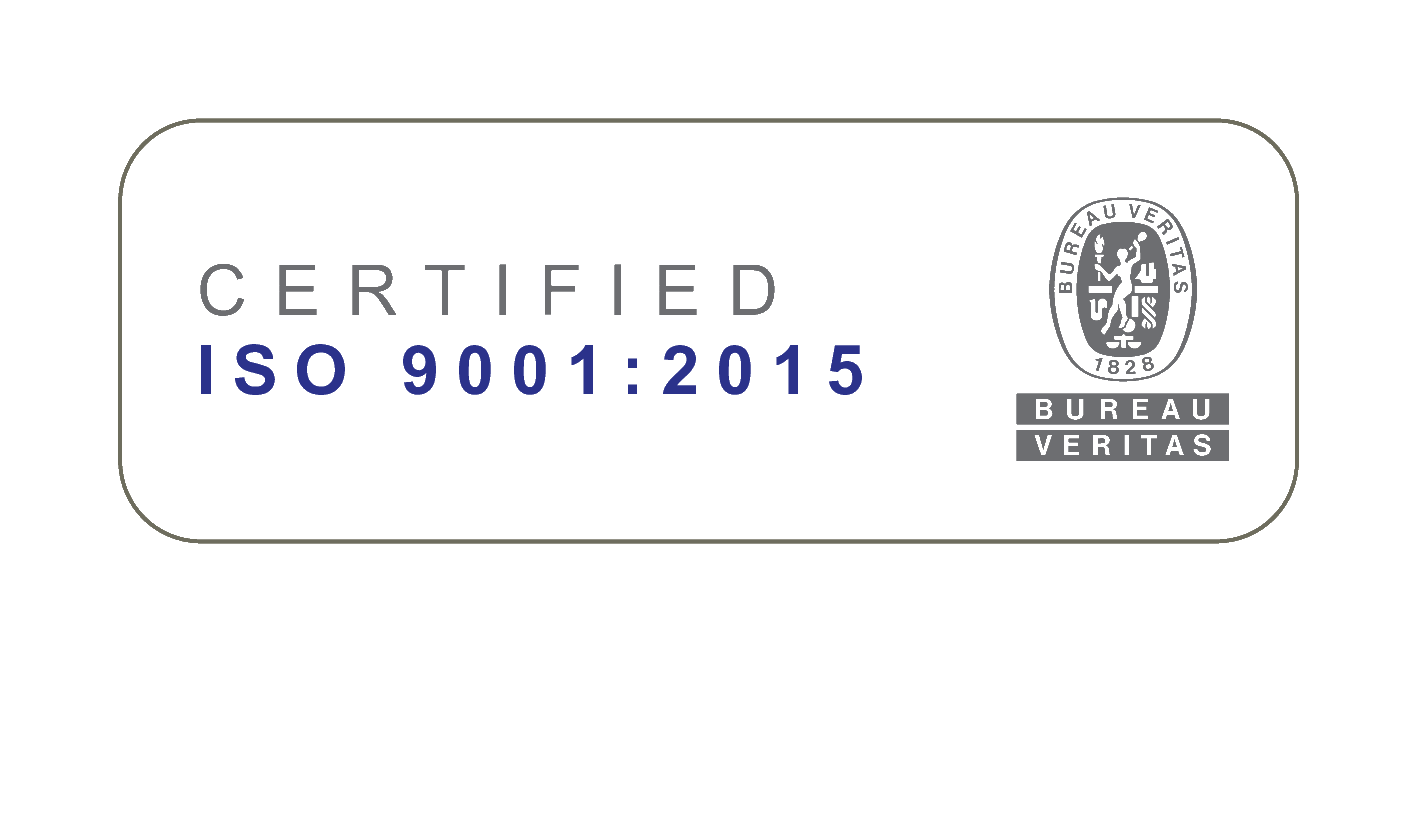Corporate Governance
Based on the Board of Directors of the Kuwait Credit Information Network Company "CINET" keenness to abide by the rules and regulations issued by the regulatory authorities and the provisions of the company's articles of association regarding the implementation of governance standards, the Board of Directors has taken upon itself the responsibility to comply with the standards of governance through applying the best practices and mechanisms and amending the policies and procedures of operation within the company. Thus, the company’s board of directors has prepared and approved a new organisational structure for the company that defines the responsibilities, authorities and communication channels between the various administrative levels. It also regulates the relationship between the shareholders, board of directors, executive management and stakeholders. Therefore, the company’s board of directors has adopted policies and charters for the implementation of governance procedures. Additionally, several committees were formed from the company’s board of directors to assist it in performing it duties optimally (Governance Committee - Audit Committee - Risk Committee - Remuneration and Nominations Committee). Operation charters of these committees determined the tasks and responsibilities assigned to each committee and operation mechanisms as well as the evaluation of the Board of Directors and Executive Management, determination of the shareholders rights and development of the ethical operation covenants and regulatory policies of the company.
Governance Objectives:
- Building a culture that encourages the company's employees to participate in the innovation processes, preparation of policies and procedures, making decisions and providing services in an ideal manner.
- Developing the company's operation system to encourage positive activities and innovative ideas.
- Developing integrated and effective systems for internal control, risk management, information security and confidentiality.
- Activating stakeholder policies and procedures to highlight their role in monitoring the company.
- Disclosure and transparency to ensure the protection of stakeholders' rights.
- Proper administrative organisation, distribution of powers and responsibilities, and separation of powers.







